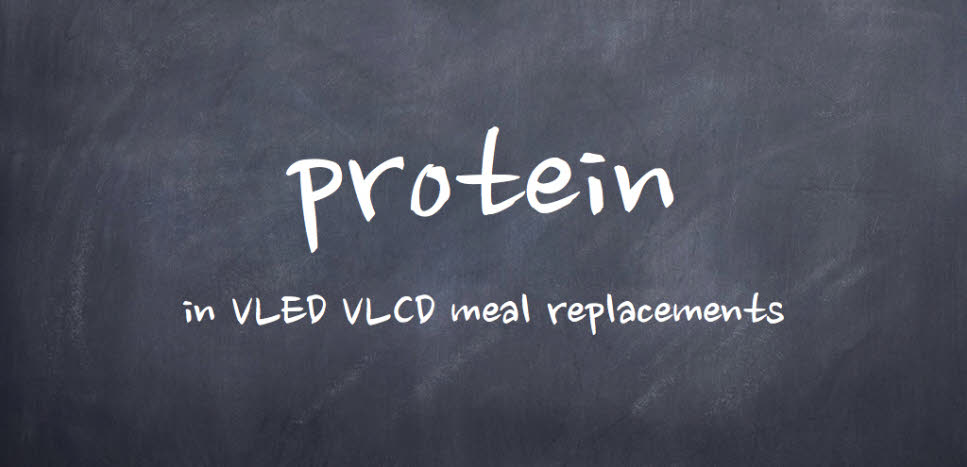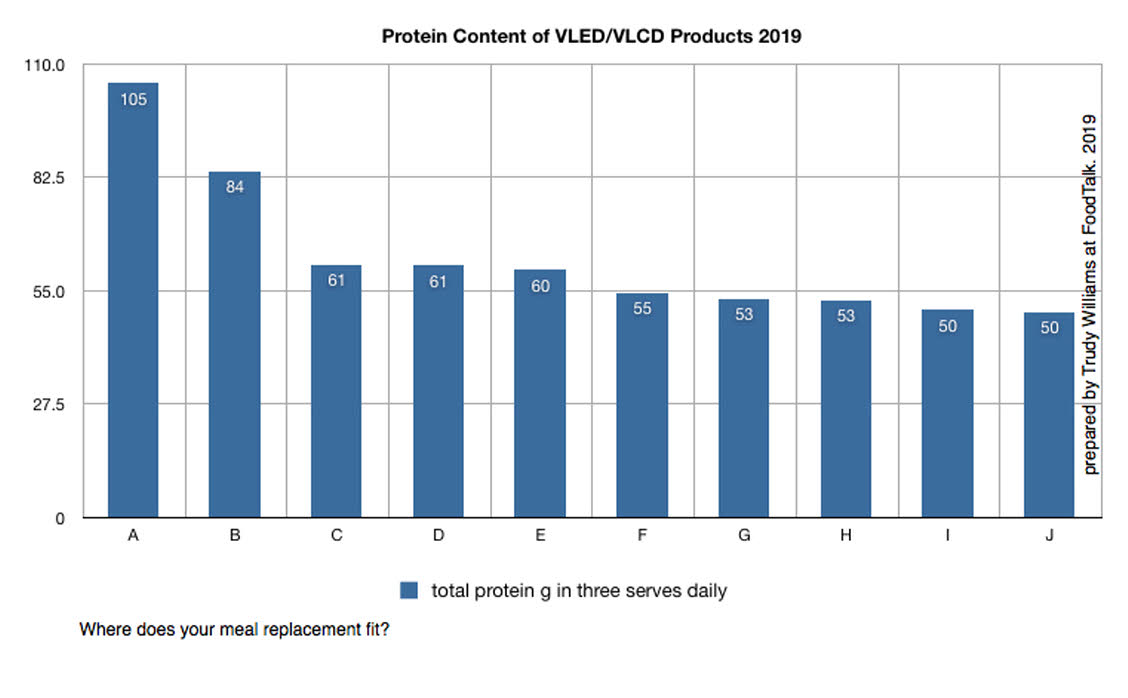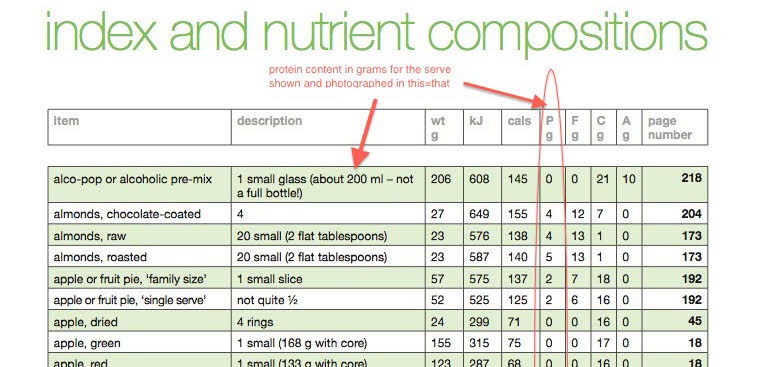protein content of VLED VLCD meal replacements for weight loss
The majority of VLEDs available in Australia fall short when it comes to meeting basic protein needs. It is important to have enough protein so that the body doesn’t eat into muscle stores for energy on any weight loss program including meal replacement VLED plans.
This chart shows the variation in protein content of different VLED VLCD brands.
The protein levels shown are averaged from the flavours and styles (e.g. bars, soups, shakes) within a brand’s range and as consumed three times a day.

Which products line up with the table?
A. Formulite VLCD Shakes: 105 g protein
B. Optifast VLCD Protein Plus Shakes: 84 g protein
C. KicStart VLCD Shakes and Soups: 61 g protein
D. Optislim VLCD Platinum Plus Shakes: 61 g protein
E. Optifast VLCD Shakes, Bars and Soups: 60 g protein
F. Optislim VLCD Shakes, Bars and Soups: 55 g protein
G. Proslim VLCD Shakes, Bars and Soups: 53 g protein
H. Optislim VLCD Platinum Rapid Formula (made with skim milk): 53 g protein
I. Tony Ferguson VLCD Shakes: 50 g protein
J. Dr MacLeod’s VLED Shakes, Bars and Soups: 50 g protein
NOTE: This chart and interpretation rely on manufacturers’ product information that was sourced and collated in Sept 2019. I clarified aspects of nutrition information when it appeared to be erroneous (e.g. mg used instead of mcg for nutrients) or the nutrient values were vastly different to other flavours and styles within a range but some manufacturers haven’t got back to me yet with answers. I will update these tables and interpretations if and when they get back to me. Clearly, I can not be responsible for errors in the information provided on product labels and subsequent interpretations based on those errors. Formulations also change. Always read instructions provided by the manufacturer. Your personal dietitian and prescribing health professional are in the ideal position to decide what is best for you.
protein in food
A great way to learn about protein levels in food is to use the nutrient tables at the back of ‘this=that: a life-size photo guide to food serves’.
Invest in a copy today. The nutrient tables match the life-size photographs within the book. You will know the protein content of the life-size food and drink serve shown. You will see the serve size and look at what you eat in a new and liberating way.
how much protein is needed during weight loss?
As a rough guide to how much protein you need, click here. The true amount depends on your body weight, age and current state of health and muscle condition. Ask your own dietitian to estimate your daily protein needs.
If your choice of meal replacement falls short, your dietitian or health practitioner may recommend a powdered protein supplement (e.g. whey protein isolate) or additional high protein food (e.g. meat, chicken, egg, fish) to make up the difference. The addition of protein rich food may even improve the overall quality of the VLED plan. Find out how in future articles.
Do not choose or discard a VLED VLCD product based on its protein content alone. There are many other factors to consider which will be explored in other articles.
Check with your personal dietitian for specific advice.
This information in this article does not take into account your personal situation or needs.
It is of a general nature only and is not designed for an individual’s personal use. You should always seek professional advice from your own health practitioner.

